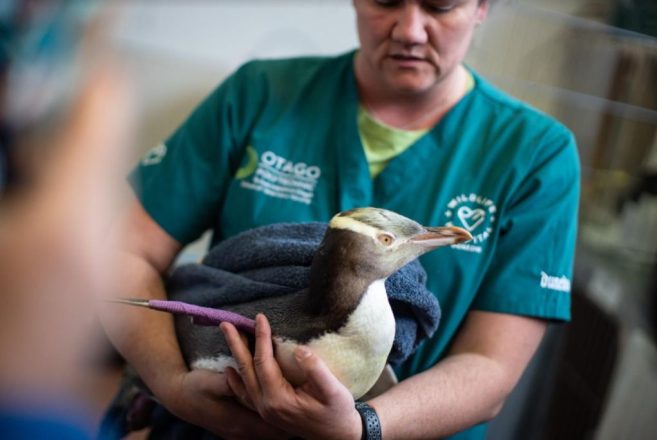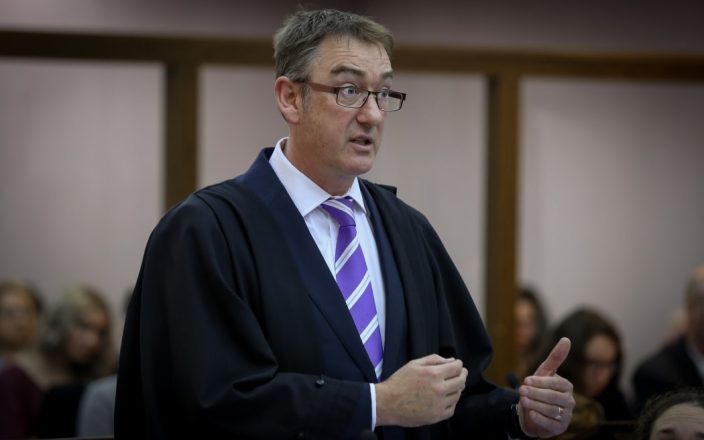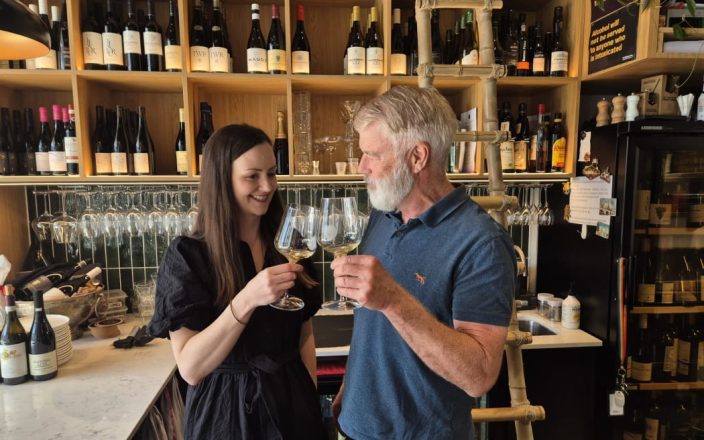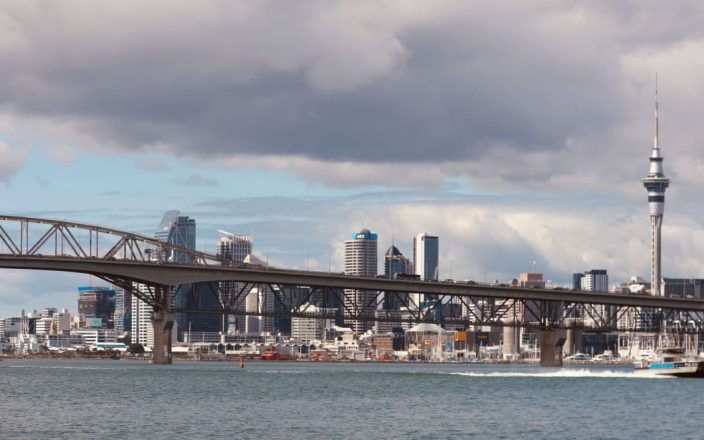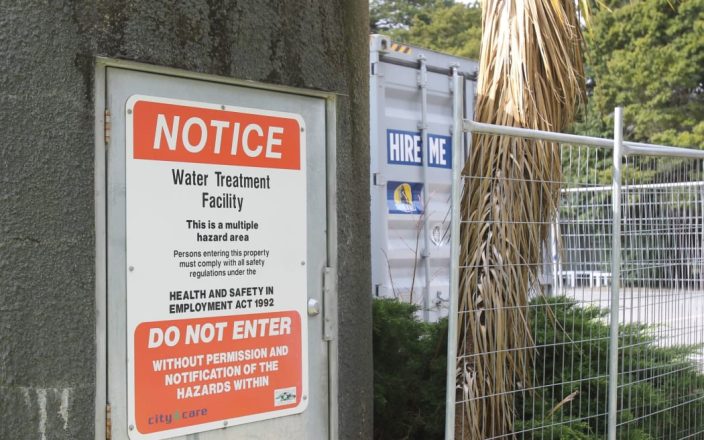Tinalakay ng Education and Workforce Select Committee sa Parlyamento ang isang panukalang batas upang ibalik ang mga pribadong paaralan na pinopondohan ng publiko, na kilala bilang charter school. Sinasabi ng Council of Trade Union (CTU) na ang batas na ito ay lalabag sa mga kasunduan sa paggawa, karapatang pantao, at kalakalan. Binanggit ni Erin Polaczuk mula sa CTU na ang isang kamakailang pagbabago sa panukalang batas ay pumipigil sa mga kawani ng charter school na sumali sa mga kolektibong kasunduan, na maaaring labag sa mga patakaran sa paggawa sa internasy
Sinabi rin ni Polaczuk na nagbabala ang Ministri ng Edukasyon na ang panukalang batas ay maaaring salungat sa mga kasunduan sa libreng kalakalan sa UK at EU. Maaari itong pilitin ang mga guro ng paaralan ng estado na magtrabaho para sa mga charter school, na pinaniniwalaan ng Ministri na maaaring lumabag sa mga kasunduan sa paggawa at karapatan sa ilalim ng Bill of Rights Act. Ang isang legal na payo tungkol sa isyung ito ay kalaunan ay inalis mula sa pahayag ng epekto ng regulasyon para sa pagiging ligal na pribilehi
Sinabi ng Chief Ombudsman na si Peter Boshier sa komite na ang pagbubukod sa mga charter school mula sa Official Information Act (OIA) ay mabawasan ang kanilang pananagutan sa mga mag-aaral, magulang, at nagbabayad ng buwis. Nagtalo niya na ang lahat ng mga paaralan na gumagamit ng mga pampublikong pondo ay dapat maging transparent at nararapat ang mga pamilya sa pantay na pag-access sa impor
Sinusuportahan ng dating charter school head na si Alwyn Poole ang pananaw ni Boshier at binalak na mag-apply para sa apat na charter school. Tinanggihan niya ang mga sinabi na ang mga guro ng charter school ay kumikita ng mas mababa kaysa sa mga guro
Nagtalo ng Association for Research in Education na hindi kinakailangan ang mga charter school. Sinabi ng tagapagsalita na si Bronwyn Wood na ang mga paaralan sa New Zealand ay mayroon nang maraming kalayaan at mas maraming mga pagpipilian sa paaralan ang higit na makikinabang sa mas mayamang pamilya, na nagdaragdag ng hindi pagkakapant Sinabi niya na nabigo ang mga katulad na sistema ng paaralan sa Sweden pagkatapos ng 30 taon.
Ang guro na si Ann Kendon ay nagpahayag ng pag-aalala tungkol sa paggastos ng pera sa isang uri ng paaralan na hindi kailangan sa New Zealand. Nagdududa siya na ang mga charter school ay magbibigay ng mas mahusay na resulta kaysa sa mga paaralan ng estado. Nabanggit ng kanyang kasamahan, si Philip Kendon, na ang sistema ng paaralan ng estado ay nagtataguyod ng pakikipagtulungan ng guro, na tumutulong Sinabi niya na habang ang sistema ng estado ay maaaring maging mas mahusay, gumagana na ito nang maayos at hindi na kailangan ng mga charter school.
Hinihimok ng parehong mga guro ang komite na makinig sa mga eksperto sa edukasyon na inilaan ang kanilang buhay sa pagtuturo sa mga pampublikong paaralan. Hiniling nila na huwag magpatuloy sa panukala ng charter school.




















































